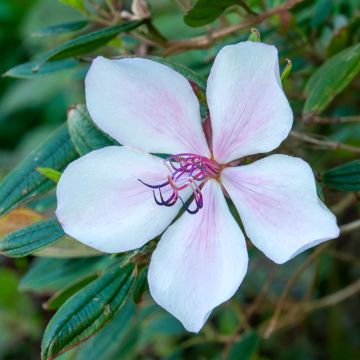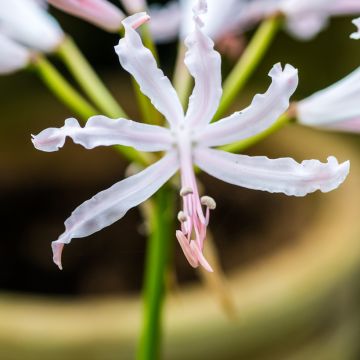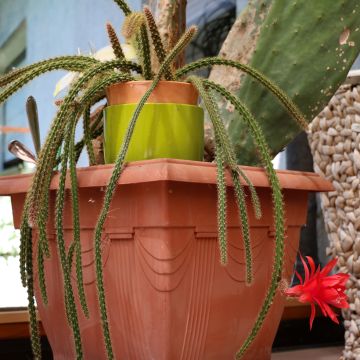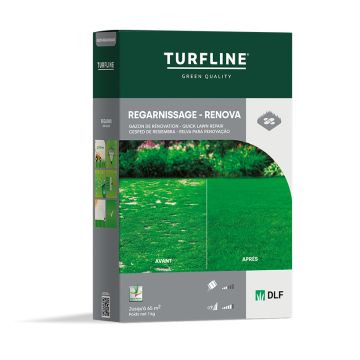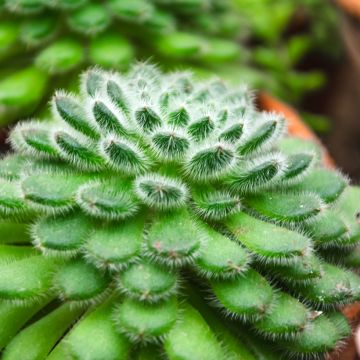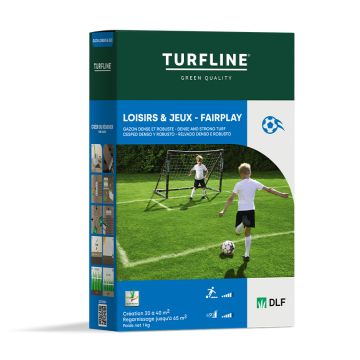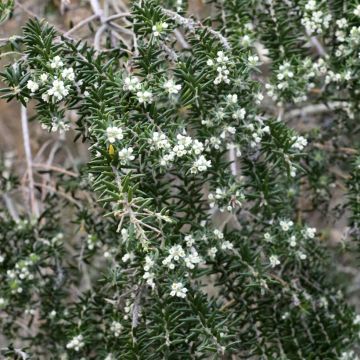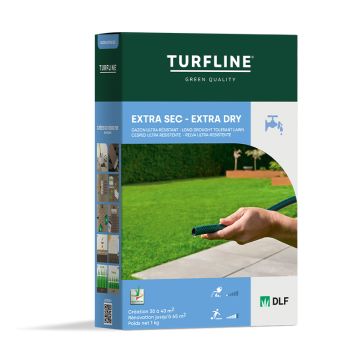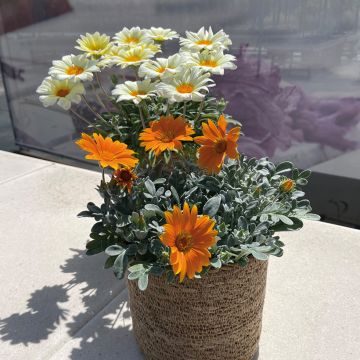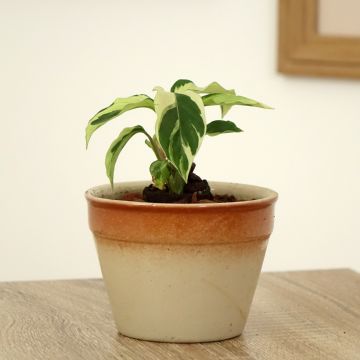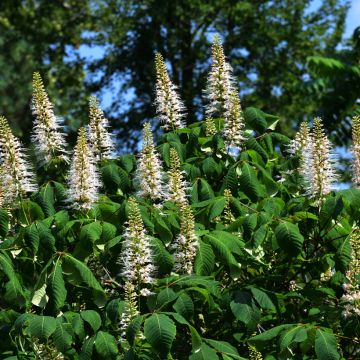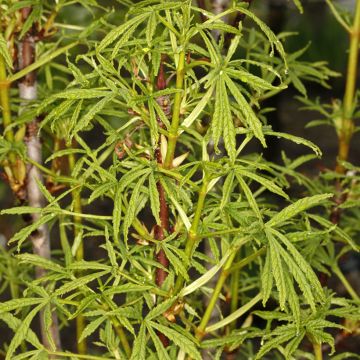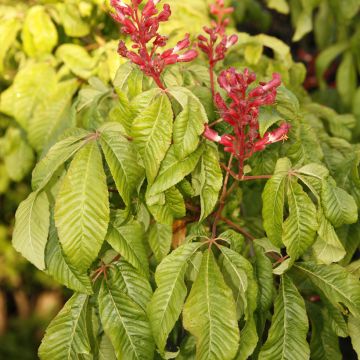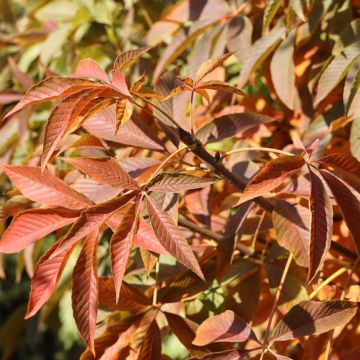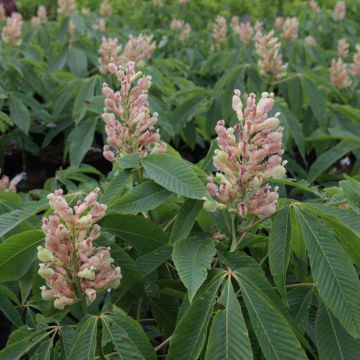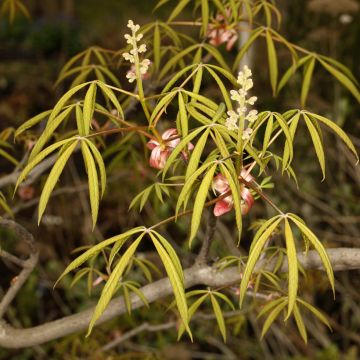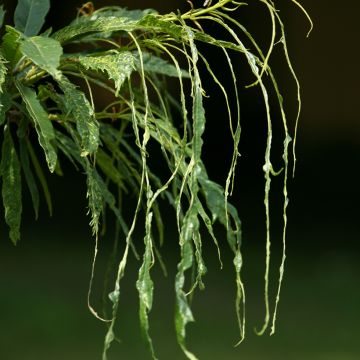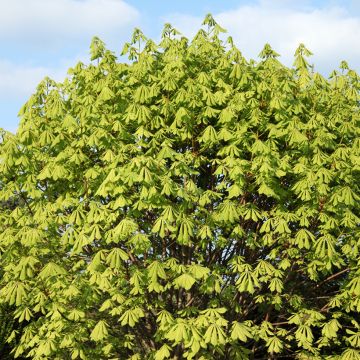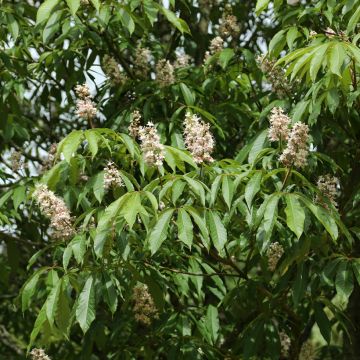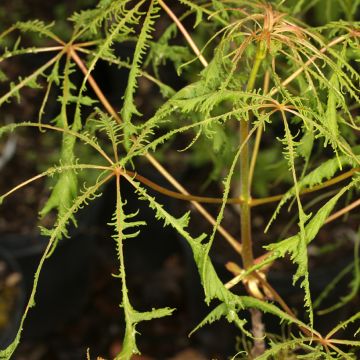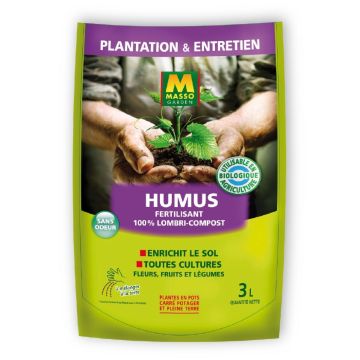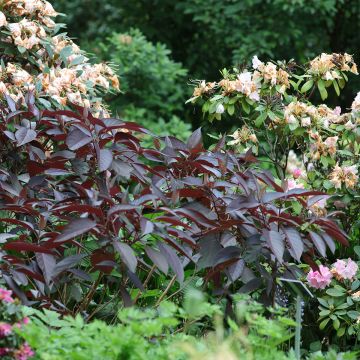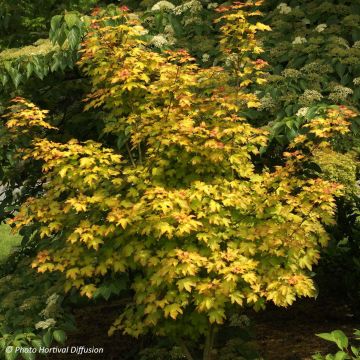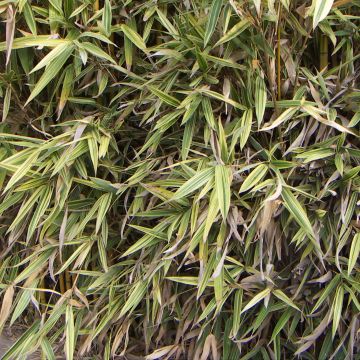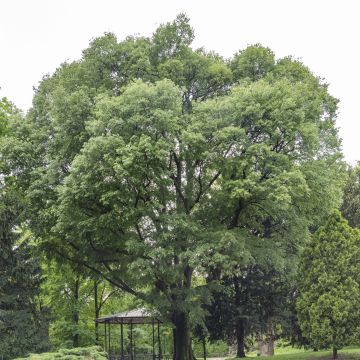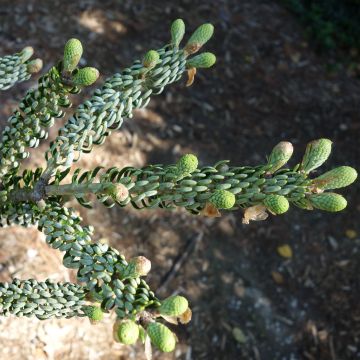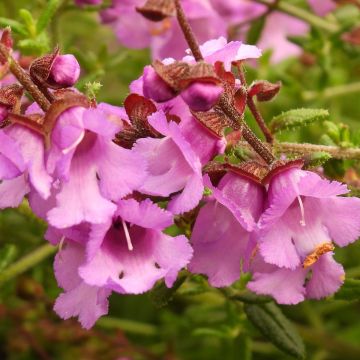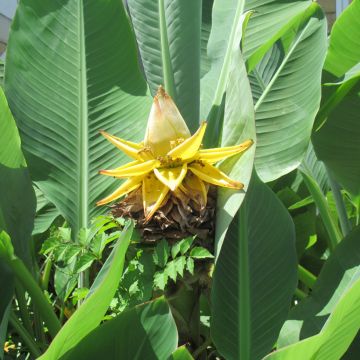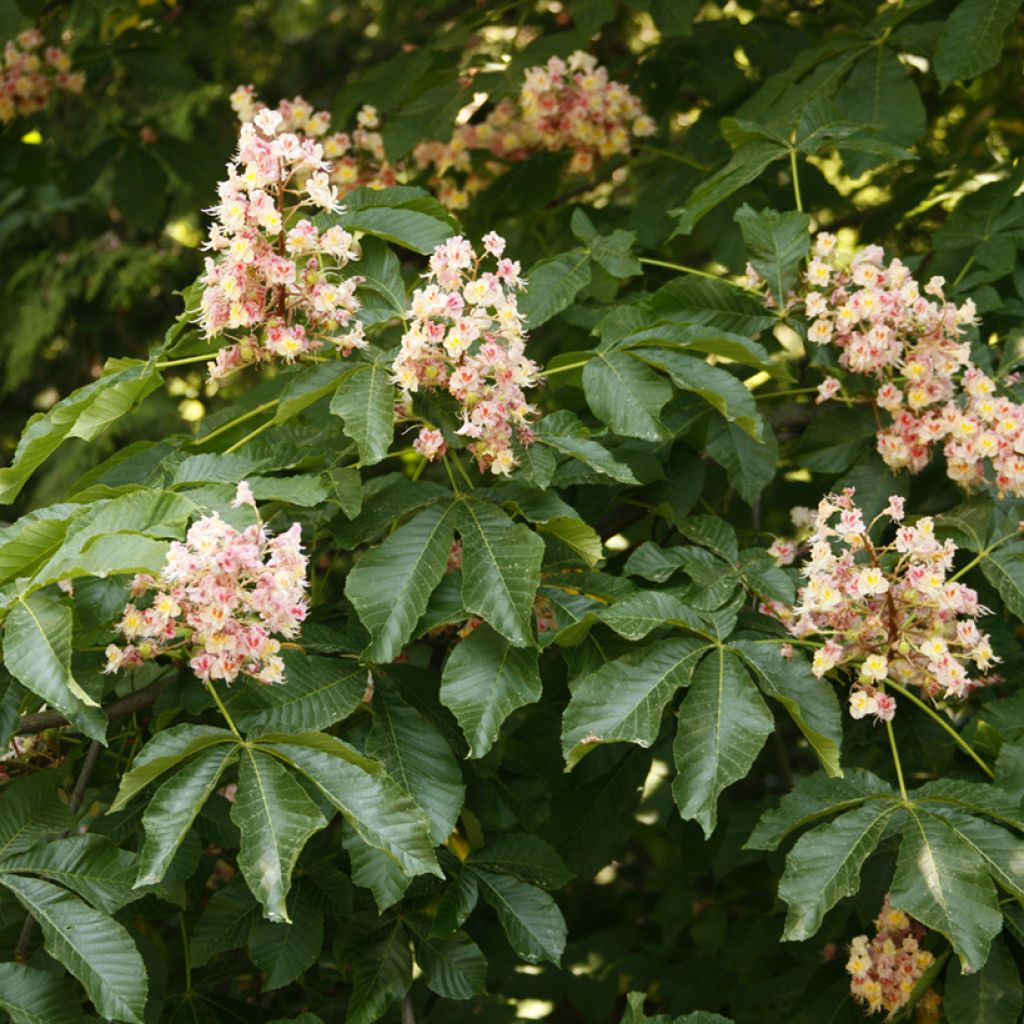

Aesculus x carnea Plantierensis - Red Horse Chestnut
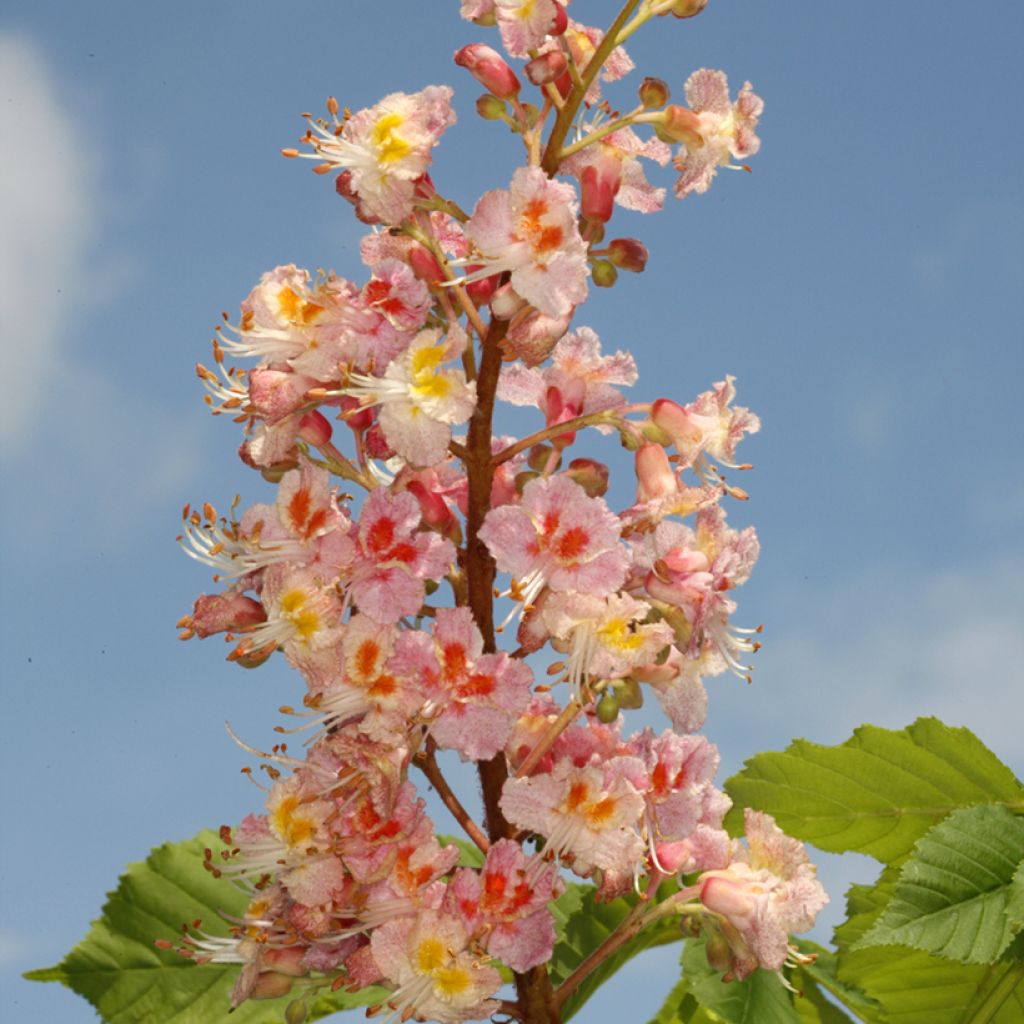

Aesculus x carnea Plantierensis - Red Horse Chestnut
Aesculus x carnea Plantierensis - Red Horse Chestnut
Aesculus x carnea Plantierensis
Red Horse Chestnut, Ruby Horse Chestnut
Why not try an alternative variety in stock?
View all →This plant carries a 24 months recovery warranty
More information
We guarantee the quality of our plants for a full growing cycle, and will replace at our expense any plant that fails to recover under normal climatic and planting conditions.
Oversize package: home delivery by special carrier from €6.90 per order..
Express home delivery from €8.90.
Does this plant fit my garden?
Set up your Plantfit profile →
Description
Aesculus x carnea Plantierensis is a large hybrid chestnut tree, a majestic tree that can easily replace the common chestnut tree in parks and large gardens. This hybrid offers a decorative spring flowering, but it does not produce fruits. The tree requires fertile, moist, preferably slightly acidic to neutral soil. It is sensitive to drought: in drought, its leaves dry up and fall.
Aesculus x carnea Plantierensis is a horticultural hybrid obtained in the mid-19th century in the famous French nurseries "Simon-Louis Frères" in Plantières near Metz, from a seedling of red chestnut tree (Aesculus x carnea). It is a retrograde hybrid with one of its parents, namely the horse chestnut tree (Aesculus hippocastaneum). The characteristics of this parent predominate on the tree. 'Plantiriensis' forms a straight trunk tree 12 to 15 m tall and 8 to 10 m wide, perfectly hardy. It has a wide, slightly flared crown which effectively filters the light. Its deciduous, dark green, 15 cm wide leaves, are divided into 7 elliptical and wavy leaflets, with some large teeth. Their undersides are slightly lighter. They turn yellow to bronze in autumn before falling. The inflorescences, in the form of large upright conical panicles, reaching 30 cm long, bloom in May-June. The small, abundant flowers, are whitish to pale yellow, tinged with flesh pink. The flowers are nectar-rich but sterile, which prevents the formation of fruits that are often considered a nuisance. The trunk of this chestnut tree is covered with smooth, dark gray bark.
Aesculus x carnea 'Plantierensis', formerly planted along avenues, has fallen out of favour. It is mainly used as a solitary specimen in a large garden, but also in alignment to border the paths of a park. It can accompany the flowering of the cream-white flowered horse chestnut tree, but also those of a large-leaved lime tree and the bee tree. At its feet you can plant a carpet of fragrant violets that you will enjoy from the beginning of spring.
Plant habit
Flowering
Foliage
Botanical data
Aesculus
x carnea
Plantierensis
Sapindaceae
Red Horse Chestnut, Ruby Horse Chestnut
Cultivar or hybrid
Other Aesculus - Horse Chestnut
View all →Planting and care
Aesculus x carnea 'Plantiriensis' should be planted in spring or autumn in deep, moist, humus-bearing soil, preferably slightly acidic to neutral, in a sunny location. This tree is sensitive to drought. Deep digging is recommended before planting. Allow it plenty of space, as it can reach a width of 9m. Water and mulch to maintain soil moisture. feed in spring. Prune in February, removing any crossing branches or raising the crown. It may be susceptible to attacks from the Cockchafer, scale insects, and diseases such as coral disease, canker, or foliar spots.
Planting period
Intended location
Care
This item has not been reviewed yet - be the first to leave a review about it.
Striking foliage shrubs
Haven't found what you were looking for?
Hardiness is the lowest winter temperature a plant can endure without suffering serious damage or even dying. However, hardiness is affected by location (a sheltered area, such as a patio), protection (winter cover) and soil type (hardiness is improved by well-drained soil).

Photo Sharing Terms & Conditions
In order to encourage gardeners to interact and share their experiences, Promesse de fleurs offers various media enabling content to be uploaded onto its Site - in particular via the ‘Photo sharing’ module.
The User agrees to refrain from:
- Posting any content that is illegal, prejudicial, insulting, racist, inciteful to hatred, revisionist, contrary to public decency, that infringes on privacy or on the privacy rights of third parties, in particular the publicity rights of persons and goods, intellectual property rights, or the right to privacy.
- Submitting content on behalf of a third party;
- Impersonate the identity of a third party and/or publish any personal information about a third party;
In general, the User undertakes to refrain from any unethical behaviour.
All Content (in particular text, comments, files, images, photos, videos, creative works, etc.), which may be subject to property or intellectual property rights, image or other private rights, shall remain the property of the User, subject to the limited rights granted by the terms of the licence granted by Promesse de fleurs as stated below. Users are at liberty to publish or not to publish such Content on the Site, notably via the ‘Photo Sharing’ facility, and accept that this Content shall be made public and freely accessible, notably on the Internet.
Users further acknowledge, undertake to have ,and guarantee that they hold all necessary rights and permissions to publish such material on the Site, in particular with regard to the legislation in force pertaining to any privacy, property, intellectual property, image, or contractual rights, or rights of any other nature. By publishing such Content on the Site, Users acknowledge accepting full liability as publishers of the Content within the meaning of the law, and grant Promesse de fleurs, free of charge, an inclusive, worldwide licence for the said Content for the entire duration of its publication, including all reproduction, representation, up/downloading, displaying, performing, transmission, and storage rights.
Users also grant permission for their name to be linked to the Content and accept that this link may not always be made available.
By engaging in posting material, Users consent to their Content becoming automatically accessible on the Internet, in particular on other sites and/or blogs and/or web pages of the Promesse de fleurs site, including in particular social pages and the Promesse de fleurs catalogue.
Users may secure the removal of entrusted content free of charge by issuing a simple request via our contact form.

































